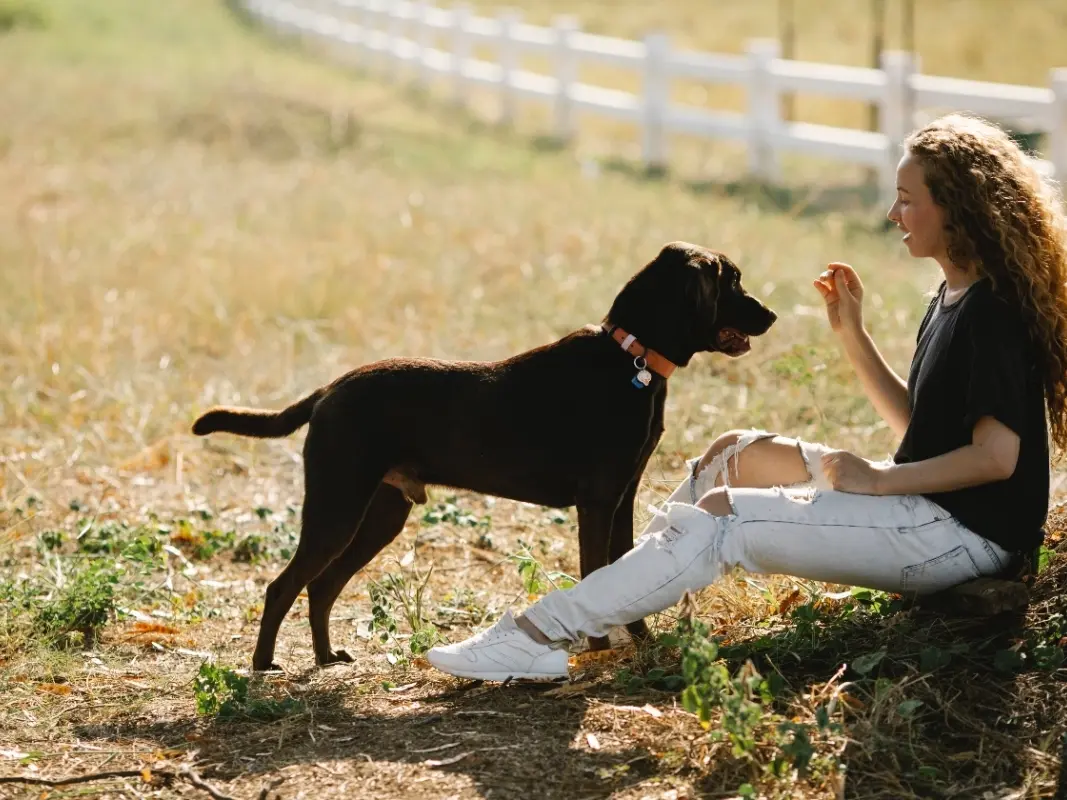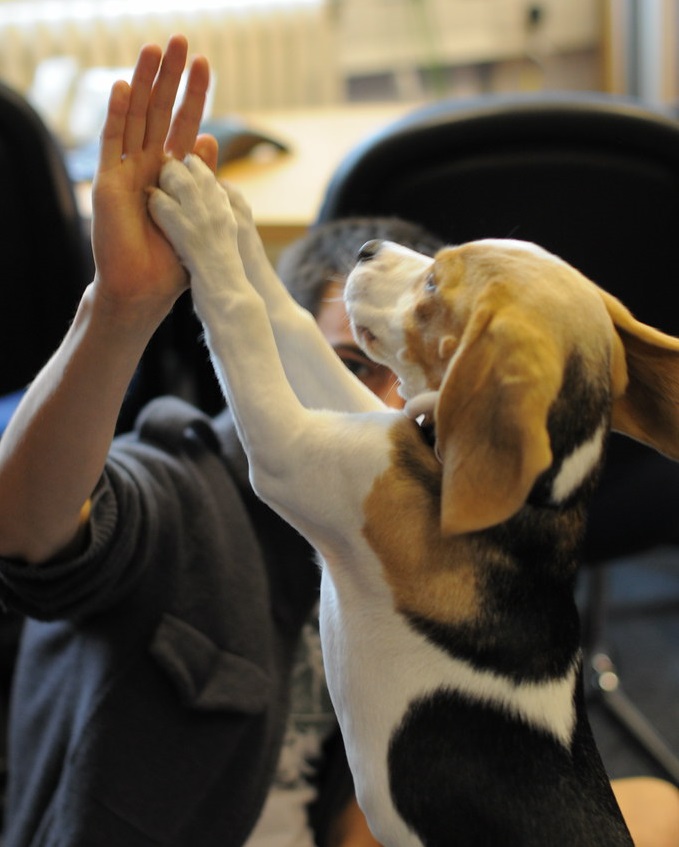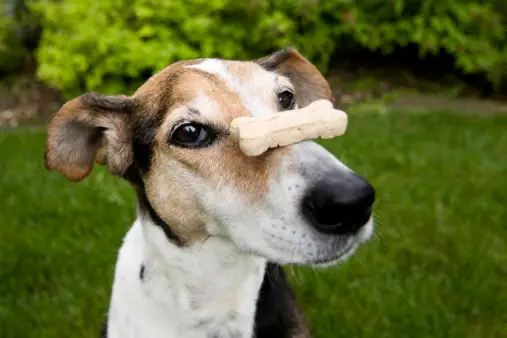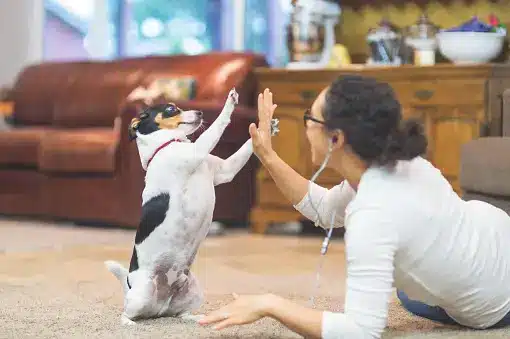Tired of your dog’s constant barking, inability to retrieve objects, or refusal to let go of items? Look no further! In this comprehensive guide, we will show you how to train your dog like a pro, teaching them the essential commands of quiet, fetch, and drop it. Whether you are a first-time dog owner or have struggled with training in the past, our expert tips and techniques will help you develop a well-behaved and obedient canine companion. Say goodbye to frustration and hello to a harmonious relationship with your furry friend. Let’s dive in and unlock the secrets of effective dog training!
Training your dog to be quiet
Understanding why dogs bark
Dogs bark for various reasons, including communication, protection, and attention-seeking. It is essential to understand why your dog is barking before attempting to train them to be quiet. Common reasons for barking include boredom, fear, anxiety, or excitement. Identifying the root cause will help you address the issue effectively.
Teaching the ‘quiet’ command
Training your dog to be quiet on command requires consistency and patience. Here are some steps to follow:
- Start in a quiet and distraction-free environment: Begin the training in an area where your dog feels comfortable and there are minimal distractions.
- Use a trigger word: Choose a specific word or phrase, such as “quiet” or “enough,” as the command for your dog to stop barking.
- Wait for the barking to start: Allow your dog to bark naturally, and once they start, wait for a brief pause.
- Issue the command: When your dog pauses their barking, say the chosen command in a clear and firm tone.
- Reward and reinforce: As soon as your dog stops barking upon hearing the command, reward them with praise, a treat, or a favorite toy. This positive reinforcement will reinforce the desired behavior.
- Repeat and practice: Practice the ‘quiet’ command in different situations and gradually increase the distractions. Consistency and repetition are key to successful training.
Using positive reinforcement
Positive reinforcement is a powerful tool when training your dog to be quiet. Here are some tips to effectively use positive reinforcement:
- Timing is crucial: Immediately reward your dog with praise and treats when they stop barking upon hearing the command. This helps them associate the behavior with positive outcomes.
- Be consistent: Use the same reward consistently to reinforce the desired behavior and avoid confusion.
- Stay calm and patient: Dogs can sense your emotions, so it’s important to remain calm and patient throughout the training process. Avoid getting frustrated or raising your voice, as this can hinder progress.
- Gradually decrease rewards: Once your dog consistently responds to the ‘quiet’ command, gradually reduce the frequency of treats. However, continue to praise and provide occasional rewards to maintain the learned behavior.
Remember, training your dog to be quiet requires time, effort, and understanding. By following these steps and using positive reinforcement, you can teach your dog to respond to the ‘quiet’ command and create a peaceful environment for both you and your furry friend.
Teaching your dog to fetch
Choosing the right toys for fetch
When it comes to teaching your dog to fetch, selecting the right toys is essential. Opt for toys that are easy for your dog to hold and carry, such as soft balls or rubber chew toys. Avoid toys that are too small or have small parts that can pose a choking hazard. Additionally, consider using toys specifically designed for fetch, such as tennis balls or frisbees, as these can help your dog associate the toy with the fetching activity.
Introducing the concept of fetching
Before diving into the training process, it’s important to introduce the concept of fetching to your dog. Start by playing with the chosen toy yourself, tossing it gently and encouraging your dog to show interest. Use positive reinforcement, such as treats or praise, to reward your dog’s curiosity or attempts to interact with the toy. This will help create a positive association with the fetching activity.
Training the ‘fetch’ command
To train your dog to fetch, you need to establish a clear command for the behavior. Begin by using a consistent and simple cue, such as the word “fetch.” Hold the toy in your hand and show it to your dog while saying the command. Encourage your dog to take the toy by gently offering it to them. Once your dog takes the toy, praise and reward them. Repeat this process several times, gradually increasing the distance you throw the toy. As your dog becomes more comfortable with the command, you can start using the cue without showing the toy, reinforcing the idea that the command alone means to fetch.
Remember to be patient and consistent during the training process. Some dogs may grasp the concept quickly, while others may require more time and practice. With perseverance and positive reinforcement, your dog will soon become a pro at fetching.
Teaching your dog to drop it
Understanding the importance of ‘drop it’
When training your dog, teaching them the “drop it” command is crucial. This command ensures your dog’s safety and prevents them from chewing or ingesting harmful objects. Whether it’s a toy they shouldn’t have or something potentially dangerous, having your dog obey the “drop it” command can be a lifesaver.
Using the trade method
One effective way to teach your dog to drop objects is by using the trade method. Start by offering your dog a treat or a toy that they find highly desirable. Once they have taken the item in their mouth, gently say “drop it” while showing them another treat or toy. As your dog releases the object they currently have, immediately reward them with the new item. Repeat this process several times, gradually reducing the need for a trade-off until your dog understands the command without requiring an exchange.
Rewarding your dog for dropping objects
Positive reinforcement is a powerful tool when training your dog to drop objects. Each time your dog successfully drops an item upon command, reward them with praise, petting, or a treat. This positive association will encourage them to repeat the behavior in the future. It’s important to be consistent and patient during the training process, as it may take time for your dog to fully grasp the concept. With consistent rewards and practice, your dog will eventually understand and respond to the “drop it” command reliably.
By understanding the importance of the “drop it” command, using the trade method, and rewarding your dog for dropping objects, you can effectively teach your dog to let go of items on command. This skill not only enhances their obedience but also keeps them safe from potential hazards. Remember to stay consistent and positive throughout the training process, and soon your dog will become a pro at dropping it!
Training your dog like a pro is not only beneficial for their obedience but also for strengthening the bond between you and your furry friend. By incorporating commands such as “quiet,” “fetch,” and “drop it,” you can effectively communicate with your dog and address common behavioral issues. Remember to use positive reinforcement, patience, and consistency throughout the training process. With dedication and proper techniques, you and your dog can achieve a harmonious and well-behaved partnership. So, gear up, embrace the role of a pro trainer, and watch your dog transform into a disciplined and happy companion.






